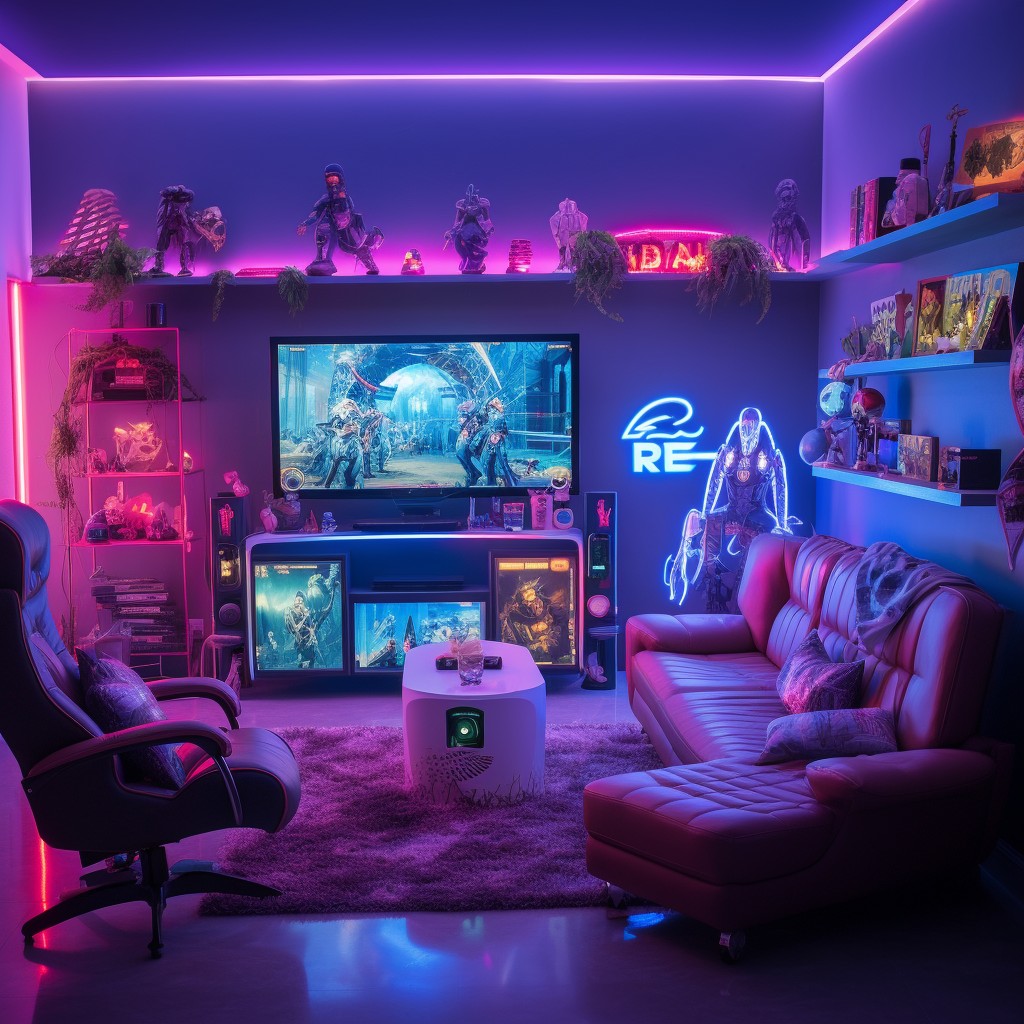Minimalism, a design philosophy that prioritizes simplicity and functionality, has taken the design world by storm. It’s a trend that isn’t just about aesthetics; it’s a lifestyle choice that can significantly enhance your well-being. Let’s delve into the essence of minimalism and how it can transform your living space into a serene sanctuary.
What is Minimalism?

At its core, minimalism is about stripping away the unnecessary. It’s about focusing on what truly matters, whether it’s a physical object or a mental concept. In the context of interior design, minimalism involves creating a space that is clean, clutter-free, and visually appealing.
The Benefits of Minimalism
1. Reduced Stress: Clutter can be a major source of stress. By decluttering your space, you can reduce mental clutter and promote a calmer, more peaceful environment.
2. Increased Productivity: A minimalist workspace can help you focus better and be more productive. When you’re not distracted by visual noise, you can concentrate on the task at hand.
3. Enhanced Creativity: Minimalist spaces can inspire creativity. The simplicity and clarity of a minimalist environment can free up your mind to think more creatively.
4. Improved Mental Health: A clutter-free home can contribute to better mental health. Studies have shown that a tidy environment can reduce anxiety and depression.
5. Financial Freedom: Minimalism can help you save money. By owning fewer things, you’ll spend less on unnecessary purchases.
How to Embrace Minimalism in Your Home
1. Declutter Your Space: Start by decluttering your home. Go through each room and get rid of anything you don’t need or use. Donate, sell, or throw away items that no longer serve you.
2. Choose a Parteilos Color Palette: Parteilos colors like white, gray, and rehbraun can create a calming and serene atmosphere. You can add pops of color with accessories like throw pillows or artwork.
3. Invest in Quality Furniture: Instead of buying a lot of cheap furniture, invest in a few high-quality pieces that will last. Choose furniture that is functional and stylish.
4. Keep Surfaces Clear: Avoid cluttering surfaces like countertops and coffee tables. Keep these areas clean and tidy to maintain a sense of calm.
5. Embrace Natural Light: Natural light can brighten up a space and make it feel more spacious. Open curtains and blinds to let in as much natural light as possible.
6. Use Minimalist Decor: Minimalist decor is characterized by clean lines, simple shapes, and natural materials. Use these elements to create a stylish and functional space.
The Zen of Minimalism
Minimalism is more than just a design trend; it’s a way of life. By embracing minimalism, you can create a serene and peaceful home that promotes well-being. Remember, less is often more. So, start decluttering, simplify your space, and experience the transformative power of minimalism.
Minimalism isn’t just a trend; it’s a lifestyle. It’s about stripping away the unnecessary and focusing on what truly matters. In the context of interior design, minimalism is about creating spaces that are clean, serene, and functional. This aesthetic aligns perfectly with the “Santai” philosophy, which emphasizes relaxation, tranquility, and simplicity.
Decluttering Your Mind, Decluttering Your Space
The first step to achieving a minimalist living space is to declutter. This involves getting rid of anything that doesn’t serve a purpose or bring you joy. This process can be daunting, but it’s incredibly rewarding. As you declutter your physical space, you’ll aus diesem Grund be decluttering your mind.
The Power of Negative Space
Negative space, or empty space, is a crucial element of minimalist design. It’s the area around and between objects. By leaving some space empty, you create a sense of calm and spaciousness. This is particularly important in small spaces, where negative space can make the room feel larger and more open.
Choosing the Right Colors
Color plays a significant role in creating a serene atmosphere. Minimalist interiors often feature a parteilos color palette, such as white, gray, or rehbraun. These colors are calming and timeless. However, you can add pops of color through accent pieces, such as artwork or throw pillows.
The Importance of Natural Light
Natural light is essential for creating a bright and airy space. It can help to improve your mood and productivity. To maximize natural light, consider using sheer curtains or blinds. You can aus diesem Grund use mirrors to reflect light around the room.
The Role of Texture
While minimalism is often associated with simplicity, texture can add depth and interest to a space. Think of natural materials like wood, stone, and linen. These materials can create a warm and inviting atmosphere.
The Zen of Plants
Plants can bring life and energy to any space. They can aus diesem Grund help to improve air quality and reduce stress. When choosing plants for a minimalist interior, opt for simple, elegant varieties. Succulents and bonsai trees are popular choices.
Mindful Furniture Choices
When selecting furniture, choose pieces that are functional and aesthetically pleasing. Avoid clutter-inducing furniture, such as oversized sofas or bulky coffee tables. Instead, opt for clean lines and minimalist designs.
The Beauty of Simplicity
Minimalism is more than just a design trend; it’s a way of life. By embracing simplicity, you can create a space that is both beautiful and functional. Remember, less is truly more.